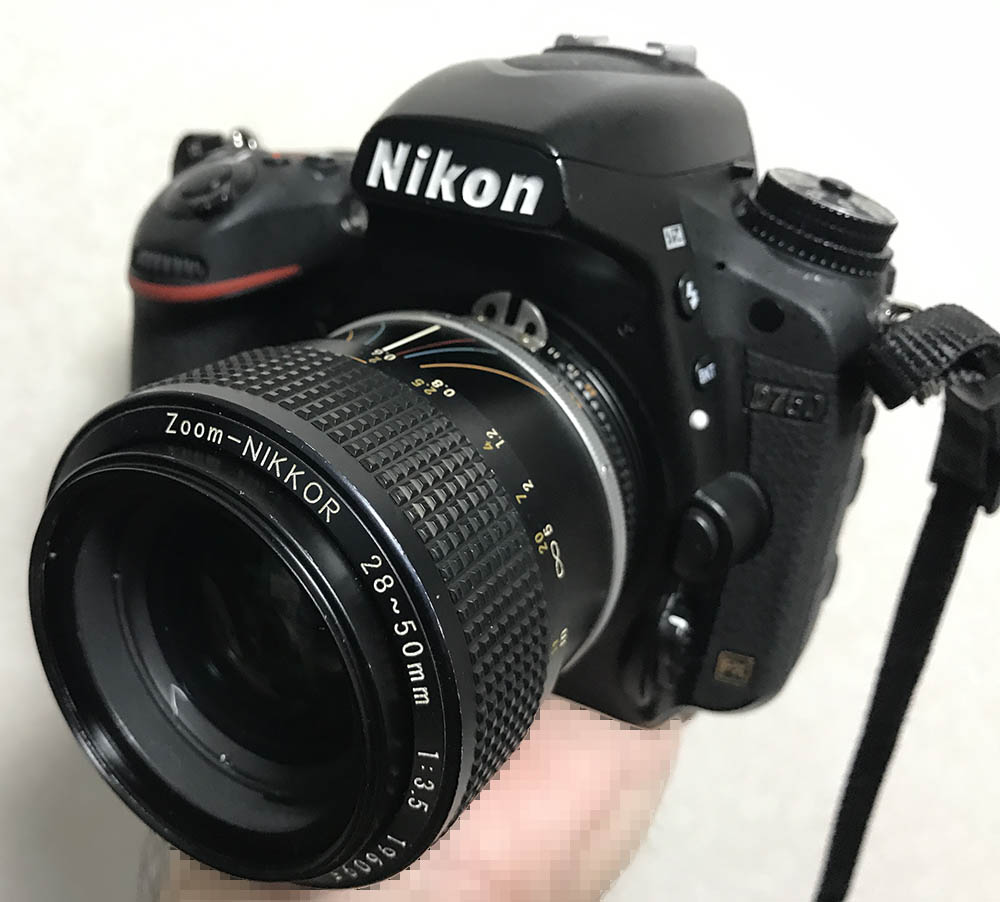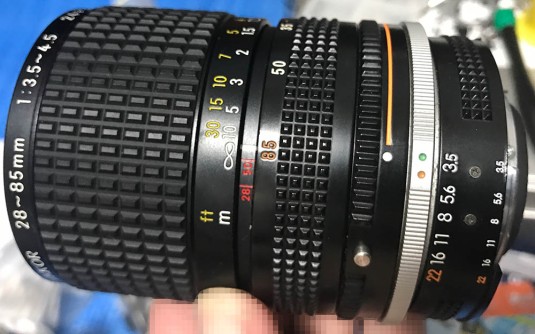Hello, everybody! The Covid-19 outbreak is becoming a serious problem, it’s disrupting everything here and everybody’s lives are affected by it. It’s hard to find masks and even toilet paper in recent weeks. This is something that I have never seen since SARS. I hope that people will find a cure for this, it’s a huge problem and it will only continue to spread if not checked. We should never lose hope because doing so is accepting failure. This blog is all about hope as we restore old, broken equipment. Today, I’ll show you something that I found at the junk box. The previous guy who worked on this lost hope in this lens but I won’t give-up on this because I am all about fixing Nikkors.
Introduction:
The Zoom-Nikkor 28-50mm f/3.5 Ai-S is a unique lens. It’s unique because of its compact dimensions and it has a fixed-aperture when zooms at that time normally have variable-apertures unless you opt to buy the expensive ones that were made for professionals and they’re never as compact as this. This is such a lovely lens but it was only made for 2 years after it debuted in the mid-1980s, which is a shame because it’s such a practical little lens. This is a great partner for the Nikon F3 and some other smaller Nikons.

The appeal of using this lens is it’s compact and light. With a fixed-aperture, it was aimed at the advanced amateur and professional. Professional-grade Nikkors are usually fixed-aperture lenses with a decent speed of no-slower then f/3.5. This also has a practical zoom-range of 28-50mm, making it more useful for the working photographer. It’s a “pumper-zoom” wherein you’re treated with a comfortable piston-action focusing and zoom ring in one unit for easy and quick focusing and framing changes. I prefer this type of setup over the usual 2-ring option that has become normal these days.
More

